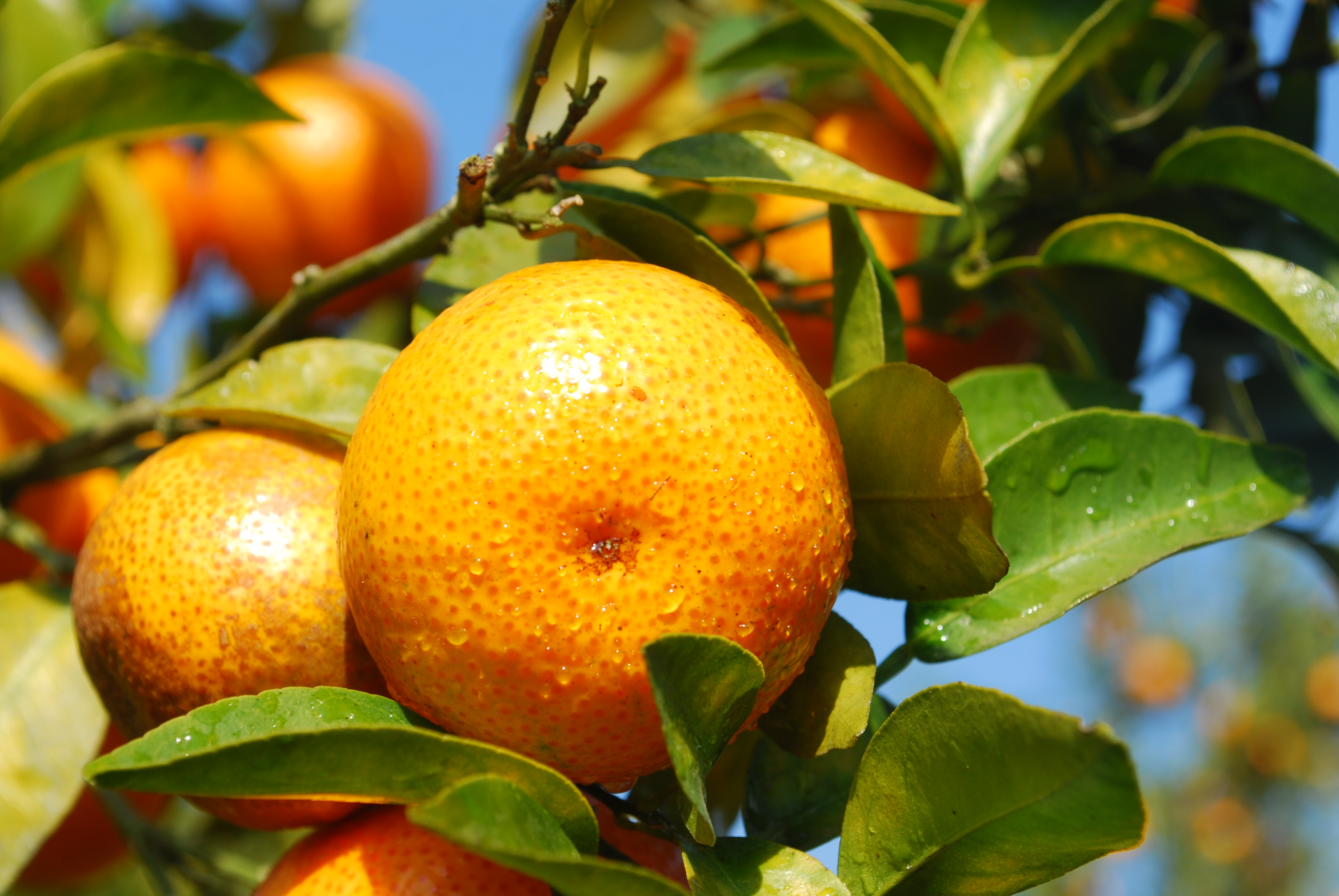Citrus reddening and coloring is an extremely important process in the growth and development of citrus. It is related to the appearance and fruit quality, which directly affects consumers’ buying inclination and the price of the fruit. The discoloration of citrus during the growth period is mainly caused by changes in the content of chlorophyll, carotenoids and anthocyanins.
The coloring of citrus fruits is a complex process. It is the process of various pigment changes in the peel, mainly including the disappearance of leaf green, the accumulation of anthocyanins and flavonoids. Among them, anthocyanins are the metabolites of sugar, and the higher the sugar content of the fruit is, the more the anthocyanins are synthesized, the more obvious the fruit color is.
In the current market, consumers generally like citrus with beautiful color. In terms of purchasing, the better the color of the fruit, the higher the purchase price. Therefore, the management of citrus fruit coloring period is one of the most important parts in the process of citrus planting management.
What factors affect the coloring of citrus
Anthocyanins are sugar metabolites, and it’s content is related to the total sugar content. It will be colored when the sugar content of the citrus reaches a certain concentration. As the sugar content increases, the coloration becomes darker. In addition, light, moisture, phosphorus and potassium fertilizer, temperature and so on will also affect the coloring
How to make citrus fruit reddening and coloring
According to the mechanism of citrus color change, the color of citrus fruit is closely related to the content and types of chlorophyll and carotenoid during the ripening process. At the same time, the color and pigment composition also change with the development stage, which are chlorophyll and carotenoid and anthocyanins.
 Today we introduce the citrus reddening program
Today we introduce the citrus reddening program
Diethyl aminoethyl hexanoate can increase the content of chlorophyll, protein and nucleic acid in plants; increase photosynthetic rate, increase peroxidase and nitrate reductase activities; increase plant carbon and nitrogen metabolism, enhance plant absorption of water and fertilizer, and regulate water balance in plant, improve plant drought and cold resistance. Meanwhile, it can delay plant senescence, promote early maturity , color and sweeten, and improve product quality.
Post time: Oct-14-2021





